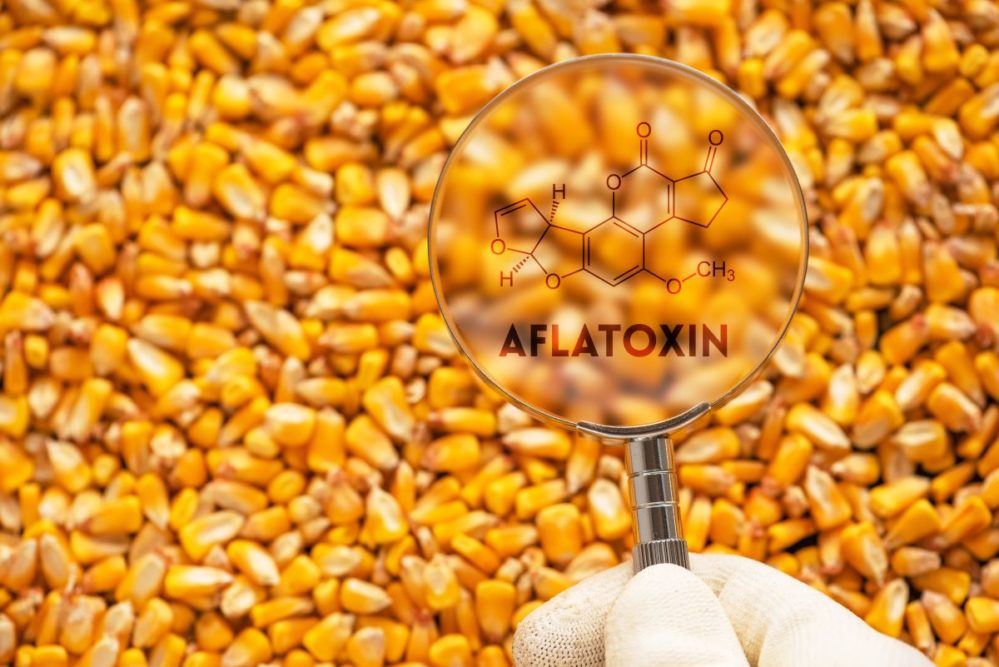LANSING, MICH. — A study that used 16 climate change models found aflatoxin in corn could become more of a problem in the Midwest because of higher temperatures caused by climate change. Results suggest nearly 90% of corn-growing counties in 15 states, including those in the Corn Belt region in the Midwest, will experience increased aflatoxin contamination in 2031-40 when compared to 2011-20.
The fungi Aspergillus flavus and Aspergillus parasiticus produce aflatoxin, which may infect peanuts, tree nuts and corn. Hot and dry conditions encourage fungi spores to become airborne, increasing their risks of contaminating crops. Aflatoxin occurs annually in the southern United States, but it rarely is a problem in the Corn Belt region.
“When we ran our near-term climate model scenarios, we found that between 2031-2040, aflatoxin is going to become more of a problem in the US Corn Belt in the Midwest,” said Felicia Wu, PhD, a professor in the Department of Food Science and Nutrition at Michigan State University in Lansing. “The last time there was a serious problem was in 2012 when we had an unusually hot and dry summer throughout the Midwest, particularly Iowa, Illinois and Indiana.”
The study was published April 5 in the journal Environmental Research Letters. It involved researchers from Iowa State University, Kansas State University, Michigan State University and Hong Kong Baptist University in China. Grants from the US Department of Agriculture’s National Institute of Food and Agriculture funded the study. Temperature variables in the study were 22⁰ C to 26⁰ C (72⁰ F to 79⁰ F), 26⁰ C to 36⁰ C (79⁰ F to 97⁰ F) and over 36⁰ C (97⁰ F).
Corn with high aflatoxin levels may be rejected, resulting in a loss to farmers who may collect crop insurance. The researchers obtained data on acres with crop insurance claims regarding aflatoxin and then divided them by insured acres. The USDA provides data on insured and indemnified acres. Indemnities, especially in the Corn Belt region, are expected to more than triple to $31 million in 2031-40 from $10 million in 2011-202. Illinois, Kansas and Missouri are likely to experience high economic losses. Researchers converted each year’s indemnity to 2021 dollars using the Consumer Price Index.
The study listed several ways to offset the increased aflatoxin risk. They included irrigation, agricultural technologies and plant breeding using conventional and transgenic methods.
States covered in the study were Alabama, Arkansas, Illinois, Iowa, Kansas, Kentucky, Louisiana, Missouri, Mississippi, North Carolina, Nebraska, Oklahoma, Tennessee, Texas and Virginia.





